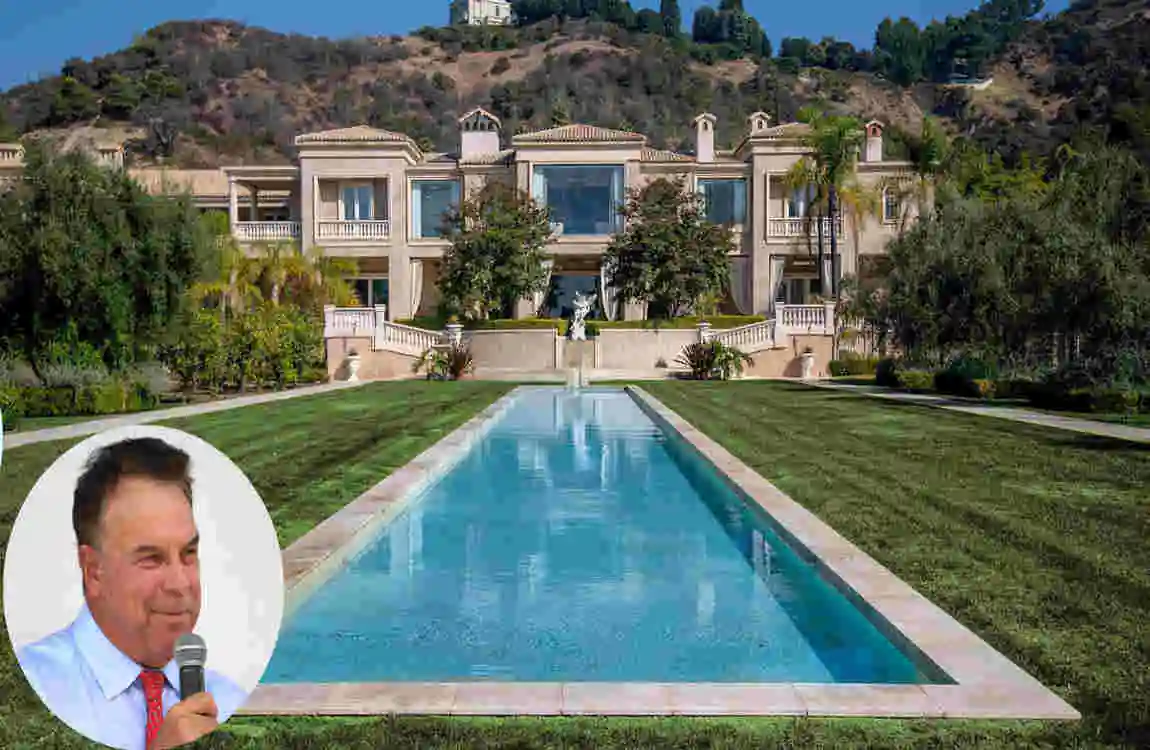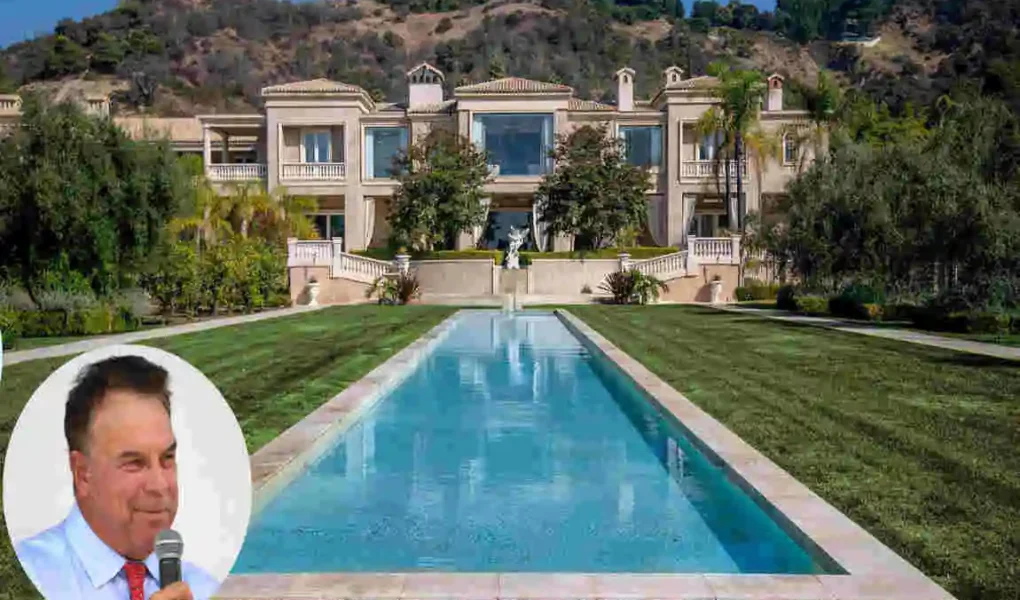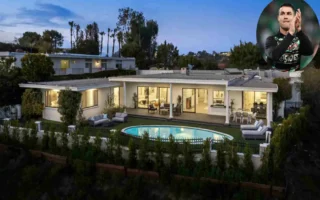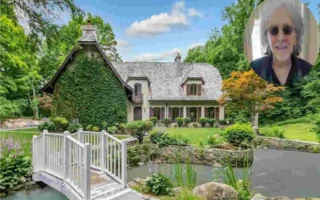When it comes to luxury and grandeur, few homes can rival the magnificence of Jeff Greene’s house. Nestled in the heart of Beverly Hills, this estate is a true masterpiece that reflects the billionaire investor’s larger-than-life persona. From breathtaking architectural design to world-class amenities, Jeff Greene’s Beverly Hills estate is the epitome of opulence.
Location and Setting of Jeff Greene’s House
Beverly Hills: The Pinnacle of Luxury Living
Beverly Hills is synonymous with luxury, exclusivity, and prestige. It’s stunning home to some of the most sought-after properties in the world, attracting high-net-worth individuals, celebrities, and business tycoons.
Nestled within this iconic enclave, Jeff Greene’s house resides in one of the most desirable neighbourhoods, offering a perfect blend of privacy and accessibility. The property is surrounded by lush greenery and panoramic views, making it a sanctuary amidst the vibrant energy of Los Angeles.
Privacy and Security
In a world where privacy is paramount, Greene’s estate incorporates state-of-the-art Security features. Gated entrances, high-tech surveillance systems, and discreet guards ensure that the property remains a private oasis for its owner.
Architectural Style and Design Elements
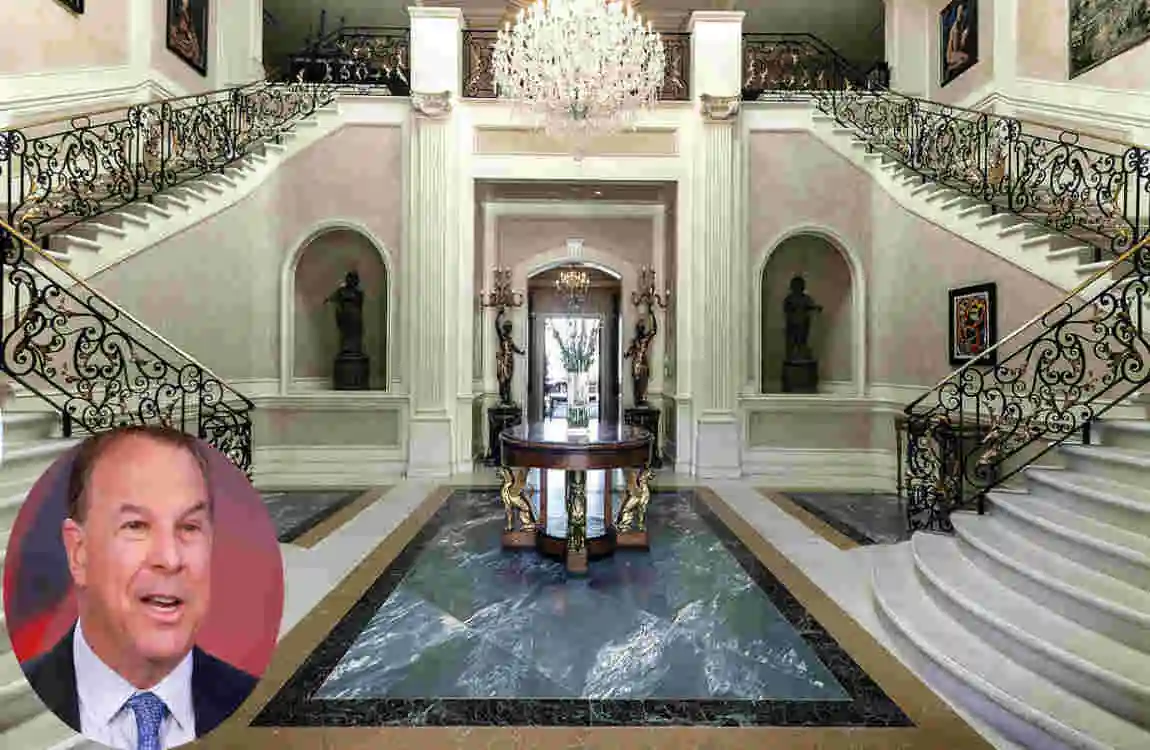
A Fusion of Elegance and Modernity
The architectural style of the Jeff Greene house is a visual treat. Combining modern design elements with timeless elegance, the estate boasts a unique aesthetic that is both bold and sophisticated.
Exterior Features
The exterior features sleek lines, expansive glass panels, and carefully curated landscaping. The driveway leads to a grand entryway that sets the tone for what lies beyond. The house is enveloped by manicured gardens, water features, and outdoor sculptures, creating an ambience of tranquillity and luxury.
Use of High-End Materials
Every inch of the property reflects meticulous craftsmanship. From imported marble and polished hardwood to custom-designed fixtures, no expense has been spared to ensure the house embodies the pinnacle of luxury.
Interior Design and Layout
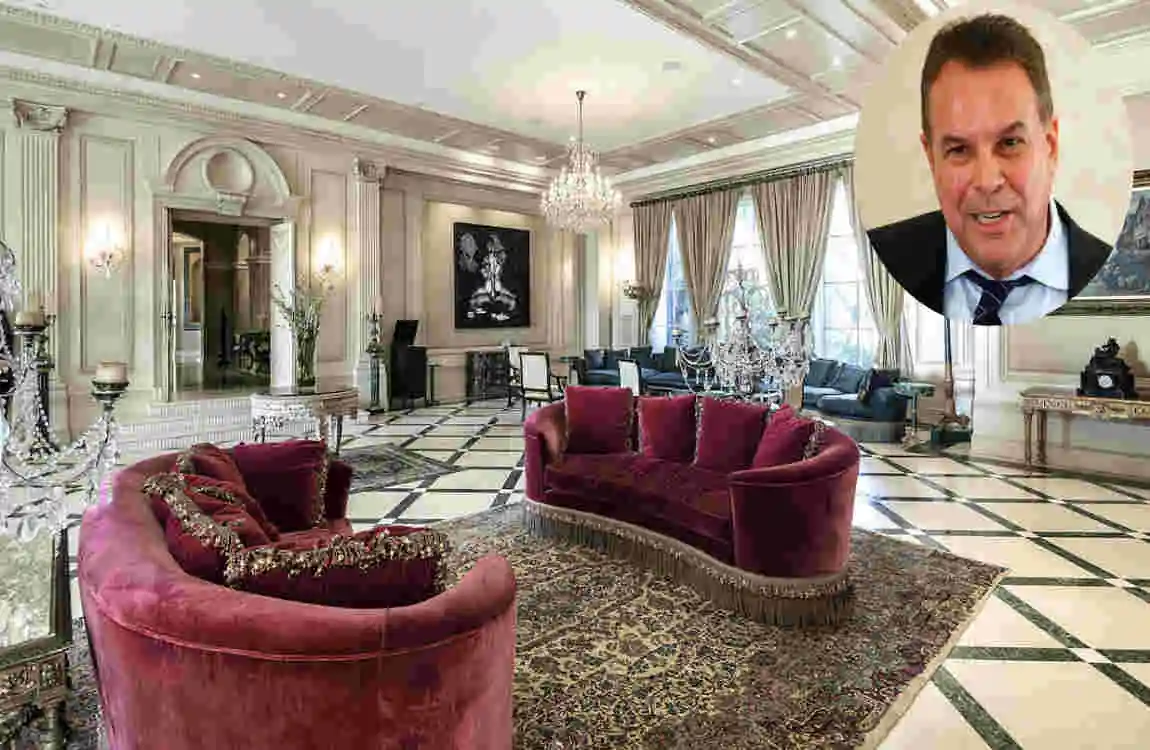
Spacious and Thoughtfully Designed
The interior of Jeff Greene’s house is as impressive as its exterior. The sprawling estate boasts a layout that prioritises both functionality and aesthetics.
- Bedrooms and Bathrooms: The house features numerous bedrooms and bathrooms, each designed with a unique theme. Luxurious materials like Italian marble, high-thread-count linens, and custom furniture adorn these spaces.
- Grand Foyer: The entrance opens into a stunning grand foyer, complete with a dramatic staircase and gleaming chandeliers that immediately capture the eye.
- Living Spaces: Multiple living rooms, a formal dining area, and an open-plan kitchen provide ample space for entertaining guests or enjoying quiet family moments.
High-End Finishes and Technology
The estate incorporates cutting-edge smart home technology, allowing for seamless control of lighting, temperature, Security, and even entertainment systems. The combination of modern convenience and classic design is truly remarkable.
Luxury Amenities and Features

No luxury estate is complete without world-class amenities, and Jeff Greene’s house delivers on every front.
- Home Theatre: A private, state-of-the-art theatre with reclining seats and a surround-sound system delivers a cinematic experience at home.
- Pools and Spa Areas: The property features both indoor and outdoor pools and spa facilities for ultimate relaxation.
- Fitness and Wellness Facilities: From a fully equipped gym to yoga rooms and saunas, the estate promotes a healthy lifestyle.
- Wine Cellar and Entertainment Areas: A temperature-controlled wine cellar and multiple entertainment spaces make it perfect for hosting gatherings.
- Home Office and Library: For work or leisure, the private office and expansive library offer a serene environment.
Outdoor Spaces and Landscaping
Gardens and Greenery
The outdoor spaces of Jeff Greene’s house are just as awe-inspiring as the interior. Landscaped gardens with exotic plants, pristine lawns, and tranquil water features elevate the property’s charm.
Outdoor Living
With multiple outdoor lounge areas, a dining space, and a barbecue setup, the estate is perfect for enjoying California’s pleasant weather. The infinity pool offers stunning views, making it a focal point of the outdoor design.
Additional Features
From tennis courts to a guest house, the outdoor amenities cater to every possible need. The property’s elevated position provides breathtaking vistas of the city and surrounding mountains.
Unique and Personalised Elements
Every luxury home has its unique touches, and Jeff Greene’s estate is no exception.
Feature Description
Artwork and Decor The house showcases Greene’s personal art collection, adding a personal touch.
Sustainability: Eco-friendly technologies like solar panels and energy-efficient systems.
Architectural Details: Custom-designed ceilings, handcrafted doors, and one-of-a-kind furniture.
These personalised elements make the house a true reflection of Greene’s individuality and taste.
Market Value and Real Estate Insights
Estimated Value
The Jeff Greene house is valued at an estimated $100 million, making it one of the most expensive homes in Beverly Hills.
Comparison with Other Luxury Estates
Compared with other celebrity homes in the area, Greene’s house stands out for its scale, design, and attention to detail.
Investment Potential
Luxury properties in Beverly Hills have consistently appreciated, making them excellent investments for high-net-worth individuals like Greene.
Security and Privacy Measures
Advanced Security Systems
From biometric locks to 24/7 surveillance, the estate employs the latest Security technologies to ensure safety.
Gated Community
The house is located in a gated community, offering an additional layer of Security and exclusivity.
Privacy Features
Soundproof walls, strategic landscaping, and secluded entryways ensure that Greene and his family can enjoy complete privacy.
Celebrity Neighbourhood and Lifestyle
Beverly Hills Celebrity Culture
Beverly Hills is home to numerous celebrities, making it a hotspot for luxury living. Greene’s house fits perfectly within this exclusive community.
Nearby Iconic Estates
The neighbourhood is peppered with iconic homes owned by Hollywood stars, tech moguls, and business tycoons.
Lifestyle Perks
Living in Beverly Hills means access to world-class dining, shopping, and cultural experiences, all just a stone’s throw away.
Where Does Jeff Greene Currently Live?
Jeff Greene currently lives in a beachfront mansion in Palm Beach, Florida, adjacent to Mar-a-Lago. He lives there with his wife, Mei Sze, and their three sons. Although he owns a large estate in Beverly Hills called Palazzo di Amore, which has been on and off the market, he and his family reside primarily in Palm Beach as of recent reports in 2023 and 2025.
Jeff Greene House Photos
